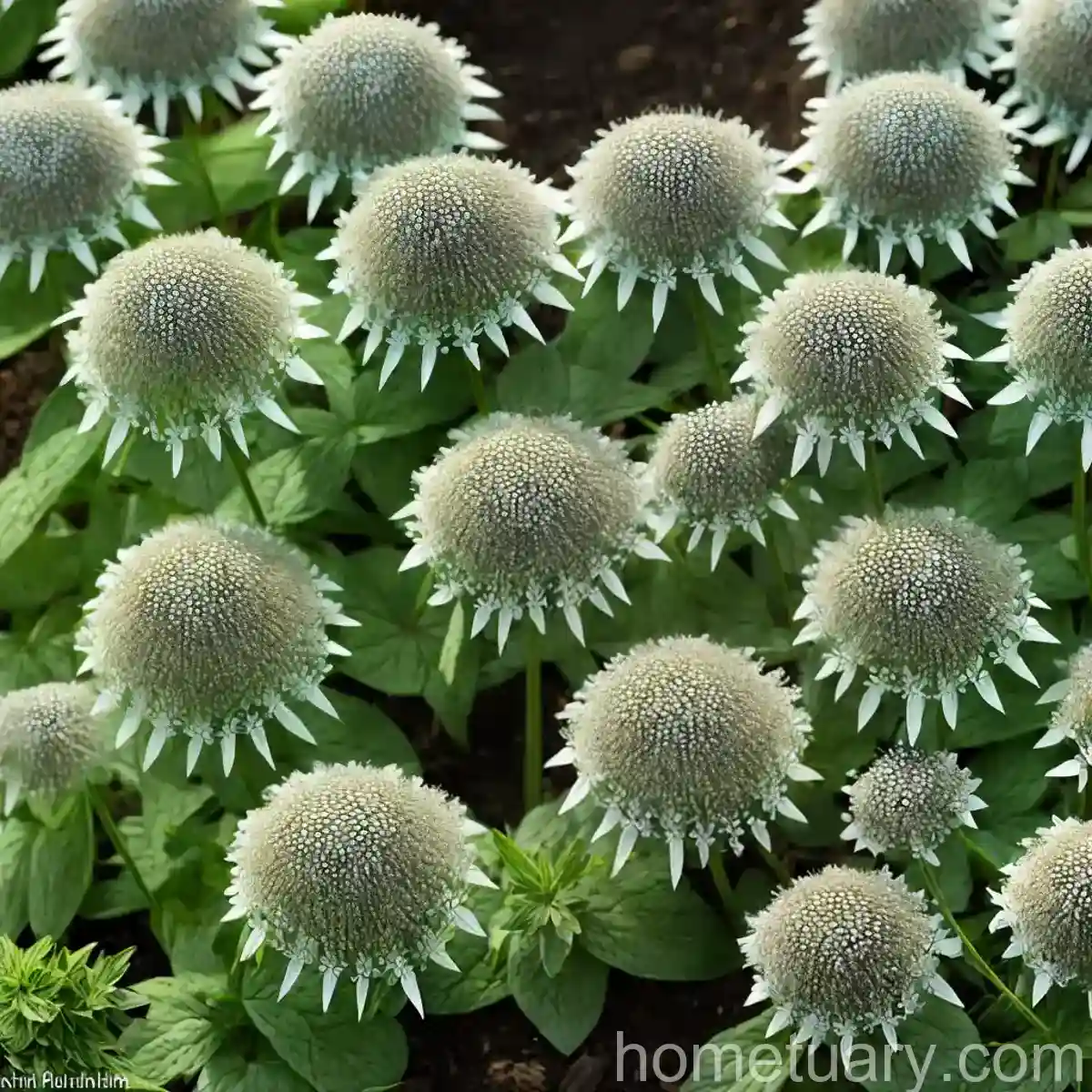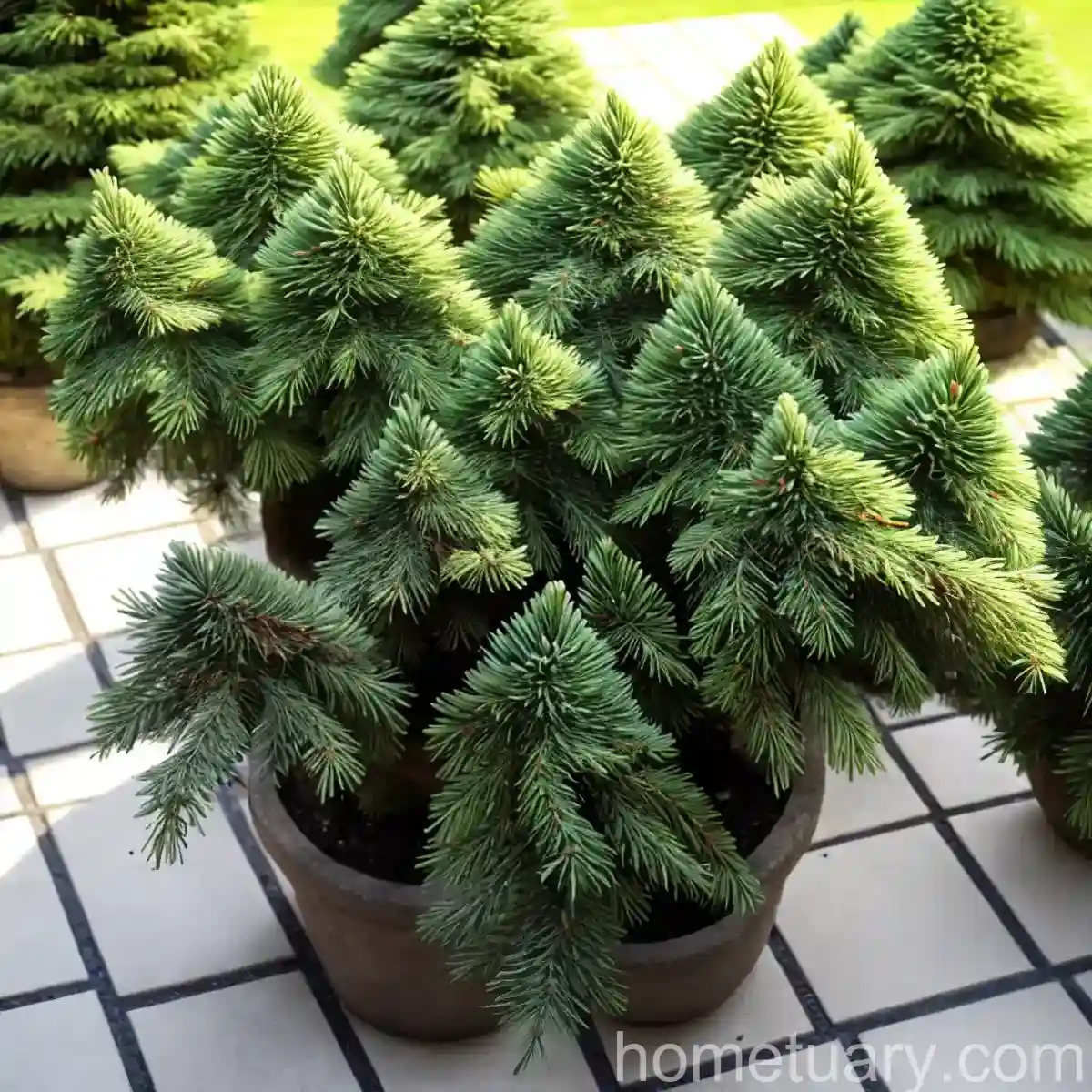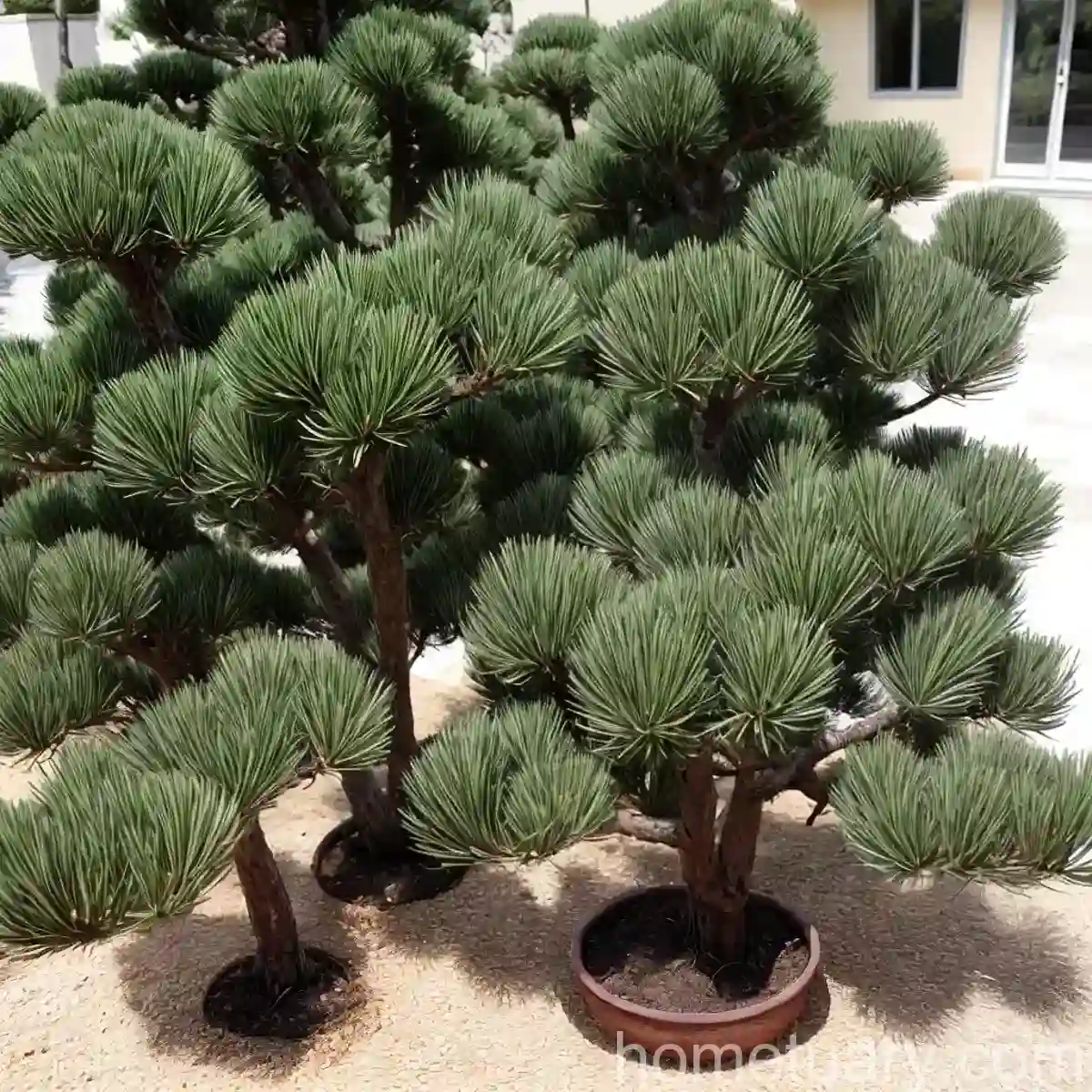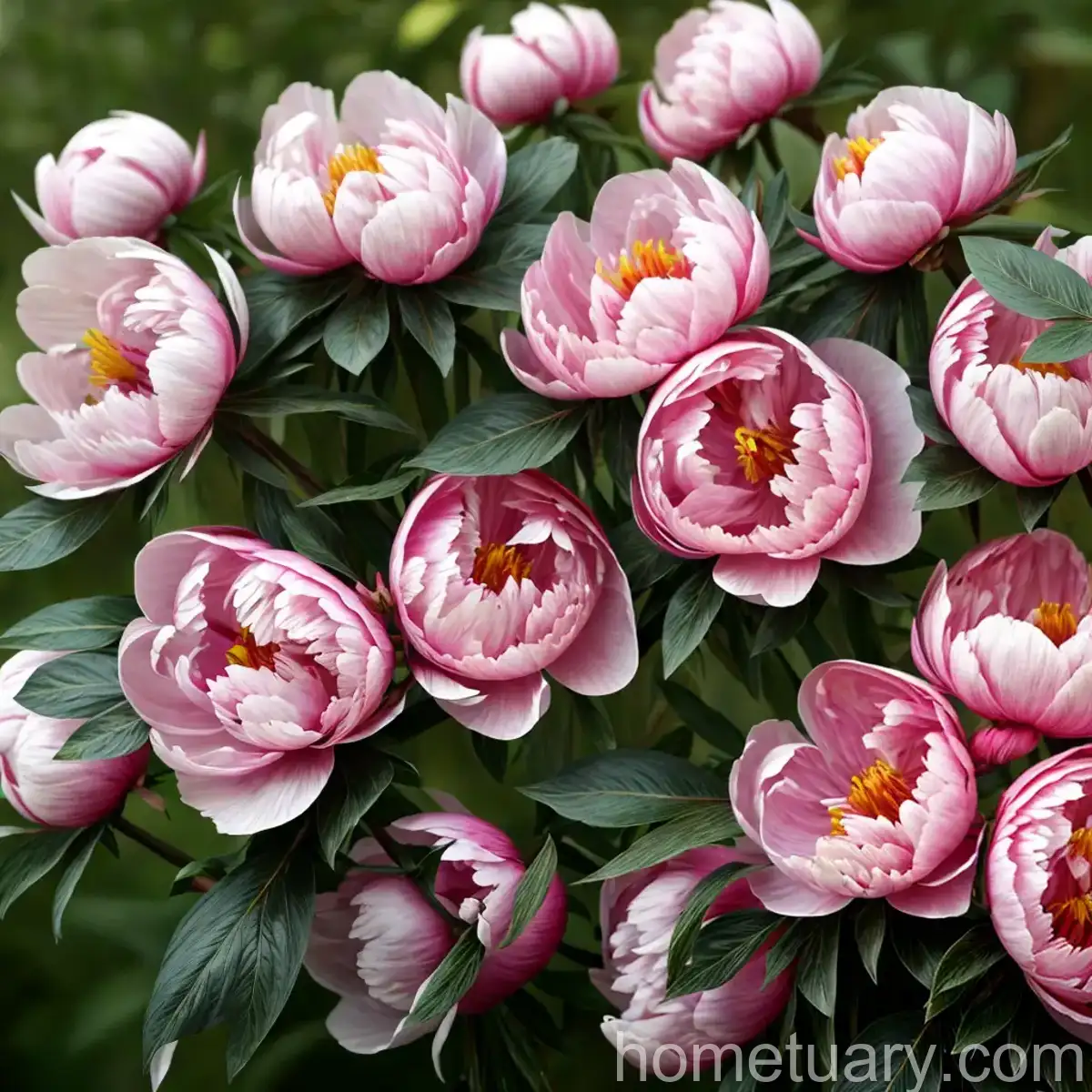Chinese Witch Hazel (Hamamelis mollis ‘Princeton Gold’)
In the world of ornamental plants, the Chinese witch hazel (Hamamelis mollis ‘Princeton Gold’) holds a special place. This beautiful shrub, known for its remarkable flowers and foliage, is a popular choice for gardeners and landscapers, offering unique visual interest throughout the year. In this comprehensive guide, we will explore the key characteristics, cultivation, uses, and maintenance of the Chinese witch hazel, along with its cultural significance and ecological value.

Source: Pixabay
What is Chinese Witch Hazel (Hamamelis mollis ‘Princeton Gold’)?
The Chinese witch hazel, scientifically known as Hamamelis mollis ‘Princeton Gold’, is a deciduous shrub that belongs to the Hamamelidaceae family. Native to China, this species is renowned for its captivating display of fragrant, golden yellow flowers, which emerge in late winter to early spring, making it a valuable addition to gardens and landscapes. The distinctive foliage and overall aesthetic appeal of this plant make it a sought-after choice for gardeners aiming to create compelling visual compositions and bring year-round interest to their outdoor spaces.
Key Takeaways – Chinese Witch Hazel (Hamamelis mollis ‘Princeton Gold’)
Before delving into the specific aspects of this plant, let’s outline the key takeaways that will be explored in detail throughout this guide:
- Culture
- Uses
- Water
- Sunlight
- Fertilizer
- Soil
- Pruning
- Propagation
- Container Popularity
- Container Common Diseases
- Disease Diagnosis
- Common Pests
- Botanist’s Tips
- Fun Facts
- Links to External Resources
Now, we will navigate through each of these aspects to gain an in-depth understanding of the Chinese witch hazel and its cultivation, maintenance, and ecological significance.
Culture of Chinese Witch Hazel (Hamamelis mollis ‘Princeton Gold’)
The cultural practices associated with the Chinese witch hazel are essential for ensuring its optimal growth, flowering, and overall health. Understanding the specific cultural requirements of this plant is vital for successful cultivation and maintenance.
Water
Chinese witch hazel plants, including the ‘Princeton Gold’ variety, prefer moist, well-drained soils. While they are moderately drought-tolerant once established, regular watering is crucial, especially during prolonged dry spells. Adequate moisture levels in the soil contribute to the overall health and vigor of the plant, promoting robust growth and blooming.
Sunlight
When it comes to sunlight exposure, Chinese witch hazel thrives in partial shade to full sun. Providing a balance of sunlight and shade is beneficial for promoting healthy foliage, flowering, and overall development. In climates with hot summers, providing some protection from intense afternoon sun can prevent leaf scorch and maintain the plant’s vitality.
Fertilizer
Applying a balanced, slow-release fertilizer in early spring can support the growth and flowering of Chinese witch hazel plants. Choosing a fertilizer with a formulation such as 10-10-10 or similar balanced ratios provides essential nutrients without promoting excessive vegetative growth at the expense of flowering.
Soil
The ideal soil for Chinese witch hazel is well-drained, slightly acidic to neutral, and rich in organic matter. Amending the soil with compost during planting and mulching the root zone can improve soil structure, fertility, and moisture retention, creating an optimal growing environment for the plant.
Pruning
Pruning Chinese witch hazel is generally minimal, primarily involving the removal of dead, damaged, or crossing branches. It is advisable to carry out any necessary pruning immediately after flowering to preserve the following season’s blooms. Additionally, light shaping and selective pruning can help maintain an attractive and balanced growth habit.
Propagation
Propagation of Chinese witch hazel, including the ‘Princeton Gold’ variety, is commonly achieved through hardwood cuttings or grafting. Hardwood cuttings taken in late autumn or early winter can be rooted in a suitable medium to give rise to new plants. Grafting onto compatible rootstocks is another method used to propagate specific varieties and maintain desirable traits.
Uses of Chinese Witch Hazel (Hamamelis mollis ‘Princeton Gold’)
Apart from its ornamental value, Chinese witch hazel serves several practical and ecological purposes, making it a valuable addition to garden landscapes and natural settings.
Ornamental Use
The striking flowers and foliage of Chinese witch hazel, particularly the ‘Princeton Gold’ variety, make it a popular choice for ornamental plantings. Its late winter to early spring bloom time adds a burst of color to garden landscapes, often when few other plants are in flower. Additionally, the vibrant fall foliage color adds further seasonal interest, making it a versatile and visually appealing plant for gardens, parks, and public spaces.
Landscape Design
Integrating Chinese witch hazel into landscape designs provides an opportunity to create captivating visual compositions, incorporating its unique characteristics, seasonal changes, and wildlife-attracting qualities. Whether used as a focal point in a garden bed, a border planting, or a woodland garden specimen, the plant’s aesthetic and functional attributes contribute to diverse design possibilities.
Medicinal and Therapeutic Applications
In traditional herbal medicine, extracts derived from witch hazel, including Hamamelis mollis, are used for their astringent and anti-inflammatory properties. Witch hazel extract is commonly utilized in topical preparations such as lotions, creams, and ointments, offering potential benefits for various skin-related conditions.
Wildlife Habitat
The flowers of Chinese witch hazel, including those of the ‘Princeton Gold’ variety, serve as a valuable nectar source for pollinators, including bees and other beneficial insects. The plant’s dense foliage and architectural form also provide cover and nesting sites for birds and small mammals, contributing to habitat diversity and ecological balance.
Common Diseases of Chinese Witch Hazel (Hamamelis mollis ‘Princeton Gold’)
Like any plant, Chinese witch hazel is susceptible to certain diseases and disorders that can affect its health and vitality. Identifying and understanding these issues is crucial for implementing effective management strategies and preserving the plant’s well-being.
Disease Diagnosis
Diagnosing diseases of Chinese witch hazel, such as leaf spot, powdery mildew, or twig blight, involves careful observation of symptoms, including leaf discoloration, spotting, wilting, or dieback. In some cases, environmental stressors, such as poor drainage or excessive moisture, can contribute to the development of these issues, emphasizing the importance of cultural practices for disease prevention.
Common Pests
Pests such as aphids, scale insects, and spider mites may occasionally infest Chinese witch hazel plants, affecting their foliage and overall vigor. Monitoring the plant for signs of pest activity and implementing appropriate control measures, such as targeted insecticidal sprays or natural predator introductions, can help manage pest populations and minimize damage.
Botanist’s Tips for Chinese Witch Hazel (Hamamelis mollis ‘Princeton Gold’)
As a plant scientist, I would like to offer some valuable tips for cultivating and caring for Chinese witch hazel, particularly the ‘Princeton Gold’ variety, to maximize its beauty and resilience in various growing environments.
-
Selecting the Right Location: Choose a planting site with adequate sunlight, good air circulation, and well-drained soil to create an ideal growing environment for Chinese witch hazel.
-
Consistent Moisture: While Chinese witch hazel is moderately drought-tolerant, consistent moisture is essential, especially during its establishment phase and prolonged dry periods, to support healthy growth and flowering.
-
Moderate Pruning: Practice minimal pruning to remove dead or damaged branches and maintain the plant’s natural form. Avoid excessive pruning, which can reduce flowering potential and alter the plant’s aesthetic appeal.
-
Promoting Wildlife: Embrace the plant’s ecological value by incorporating it into wildlife-friendly landscapes that attract pollinators, birds, and other beneficial creatures, enhancing biodiversity and ecological balance.
-
Observation and Care: Regularly observe the plant for signs of disease, pests, or environmental stress and take prompt action to address any issues that may arise, ensuring the plant’s long-term health and vitality.
Fun Facts about Chinese Witch Hazel (Hamamelis mollis ‘Princeton Gold’)
As we explore the intriguing world of Chinese witch hazel, it is fascinating to discover some fun and remarkable facts about this captivating plant:
-
The fragrant flowers of Chinese witch hazel are often used to produce essential oil, valued for its aromatic and therapeutic properties.
-
In addition to its ornamental and medicinal uses, the flexible branches of witch hazel have been traditionally used in basket weaving and as dowsing rods, reflecting its diverse cultural and practical significance.
-
The distinctive bark texture of mature Chinese witch hazel plants adds winter interest to the landscape, with its unique patterns and colors contributing to the plant’s visual appeal beyond its flowering season.
-
Chinese witch hazel has a rich historical and cultural significance in traditional Chinese medicine, where it has been used for various health-related purposes, reflecting its enduring legacy and cultural relevance.
Conclusion
The Chinese witch hazel, represented by the ‘Princeton Gold’ variety, stands as a captivating ornamental plant that offers a harmonious blend of visual allure, ecological value, and practical applications. By appreciating its unique characteristics, embracing its versatile uses, and implementing sound cultural practices, gardeners and plant enthusiasts can cultivate and celebrate the beauty and resilience of this remarkable shrub. With its seasonal transformations, fragrant blooms, and ecological contributions, the Chinese witch hazel continues to enchant and inspire, enriching landscapes and botanical experiences with its enduring charm and significance.
As we conclude this comprehensive guide, I invite you to explore the enchanting world of Chinese witch hazel, delving into its diverse attributes, enriching uses, and timeless appeal, to cultivate a deeper appreciation for this remarkable plant and its contributions to horticulture, landscape design, and cultural heritage.
For further information and detailed insights on Chinese witch hazel (Hamamelis mollis ‘Princeton Gold’), I recommend exploring the resources provided below for a deeper dive into the captivating world of this extraordinary ornamental shrub.
Links to External Resources
- Royal Horticultural Society (RHS) – Hamamelis mollis ‘Princeton’ Gold
- Missouri Botanical Garden – Hamamelis mollis ‘Princeton Gold’
- American Society for the Prevention of Cruelty to Plants (ASPCP) – Gardening with Chinese Witch Hazel
- The American Horticultural Society (AHS) – Chinese Witch Hazel: A Gardener’s Guide
- The Plant Journal – Cultivation and Uses of Hamamelis mollis ‘Princeton Gold’
Explore these valuable resources to immerse yourself further in the captivating world of Chinese witch hazel and gain additional insights into its cultivation, uses, and cultural significance.















